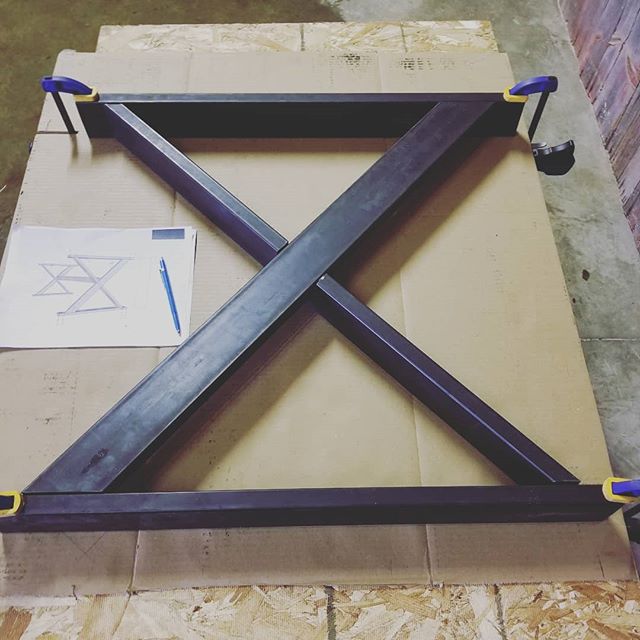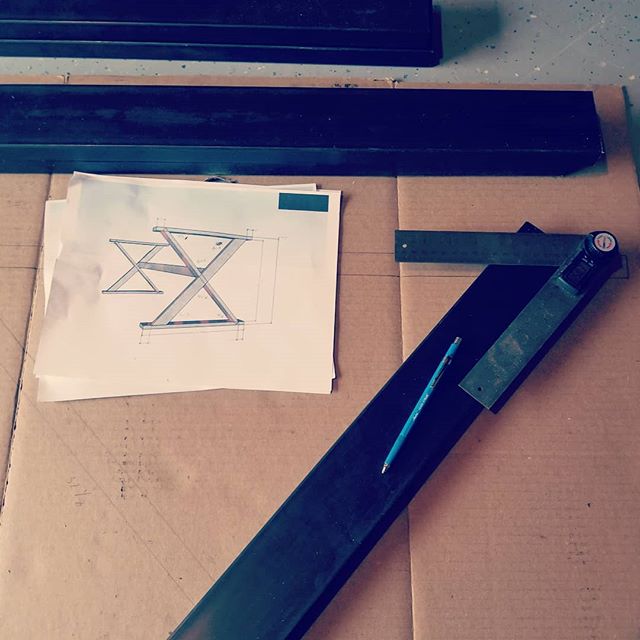Occasionally, all hobbies and renovations must come to a stop. I own a 2011 Chevrolet Silverado 2500HD 4×4. It is a common truck in the US. 2011 is the first year Chevrolet decided to add Diesel Exhaust Fluid (DEF) operation to the emissions system of the drivetrain. Of course the first year anything is added to a product there seems to be some learning. DEF is a liquid which main ingredient is urea, and is used in the exhaust system to reduce emissions. It can freeze around 12 degrees F. For those that live in Michigan, that is a problem. There are three heaters in the DEF system. One of them is prone to failure. My problem.
General motors saw this as a problem too. The company extended the warranty for this particular part to 120000 miles or seven years. As of the writing of this post, it was past the seven years, and 15000 past the 120000.
The symptom I saw initially was the Malfunction Indicator Light (MIL) for the DEF system. There was some text saying to check the manual. OK. Let’s do this. I researched as best I could on the internet. There really isn’t much public information from General Motors. The best information is from other shade tree mechanics who have the same problem. It seems GM’s advice is to replace the whole tank. It is around $800 for the parts alone. The removal and reinstallation (R&R) of the whole tank assembly is low on labor costs.
Eric O. is my savior. He hosts a channel on YouTube called ‘South Main Auto’. I have been a fan of his before I had this problem. A Google search returned a two part series he made showing how to diagnose and replace the same part. Eric showed how to lower the tank just enough to test the heating element with a simple multi meter. He showed which pins to measure and what to look for. High resistance showed an open circuit. The rest of the video showed the R&R. Exactly my problem.
Finding the part was the next task. Locally in the Lansing, Michigan area there were two places to get the part that had it in stock. One was a dealership, and the other is a parts store who would buy the part from the dealership and mark it up. Eventually, I bought the part from a dealership online who was vastly cheaper than the local dealership. This meant waiting on shipping. Two weeks of waiting.
No big deal I thought. I can still drive the truck. Until, I get the next warning on the dash. “Limited to 55 MPH” Because I have not fixed it, and it knows I haven’t fixed it, the truck is getting serious about getting fixed. 55 MPH, meh, I drive back country roads. Then, “Limited to 4 MPH at next fill-up” OK now there is some urgency as I only have a half tank of fuel and it’s Monday. I still need to get to work.
I watched Eric’s video again and again as I know I need to do this on a week night. Tuesday comes and the part is sitting on my porch. Let’s do this. Everything went as Eric explained except for the resetting of the computer……
The DEF emissions system module is a separate component from the regular Engine Control Module (ECM). I have a diagnostic tool for resetting the standard ECM errors. The emissions system is whole different module. The diagnostic tool Eric has is a very expensive tool that can cost thousands up front then hundreds to own. Eric is a professional mechanic and earns that tool. Shade tree guys/gals need to find another way. I found a tool on Amazon that acts like the ‘Tech 2’ that GM technicians use at dealerships. Following the instructions of cycling all three heaters did not make the light go out. I can see the data in the diagnostic tool showing the new heater is performing properly. Since it was late on a work night, I thought I would wait until the next day to figure this out.
The next morning comes, and I drink my coffee while doing more research. The time comes for me to get to work. At this point that MIL is still on. The commute to work starts. A few minutes unto the drive the light goes out. Graciousness is the first emotion, then skepticism. Come to find out, a test drive is part of the standard procedure that would make the light go out. The emissions system needs to know and see the heater is now working within specification.
Nothing about this job was difficult except for finding the information needed to do the repair. There is no reason these procedures should not be published. GM already admitted some fault. Let us fix problems easily. When researching on the internet, there was an abundance of information showing the problem in a negative way, and a large amount of guessing as to why different problems are occurring to the DEF system. This makes GM look poor as many people can get very vocal. I believe if the information is easy to find, the fix will happen by a normal backyard mechanic, and life will go on. There will not be the same amount of complaining.
$180 for the part, shipped to my house. $110 for the diagnostic tool. That is a lot cheaper than replacing the whole tank and other parts.
Procedures:
- Diagnosis of reductant heater
- Find the large connector above the DEF tank
- Actuate the lever and separate the connector
- Measure the resistance of the reductant heaters. The pins are the large pins in the center of the connector. There are three pairs.
- If the circuit shows a high resistance, the heater needs replaced. Each heater is different. I believe the highest is supposed to be 10 ohms. My faulty heater was measuring 70+ ohms.
- Resetting the exhaust system (turn off the MIL)
- After the repair is complete, connect diagnostic tool
- Clear ECM trouble codes
- Cycle each reductant heater for 15 seconds using fancy diagnostic tool. This means to command the heater on and wait 15 seconds, then turn it off.
- Test drive vehicle after letting get to normal operating temperature. Drive for at least 8-10 miles.
Special shout outs:


